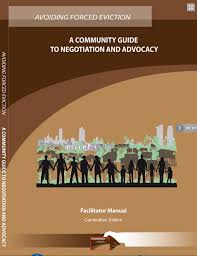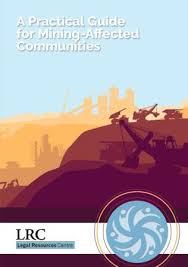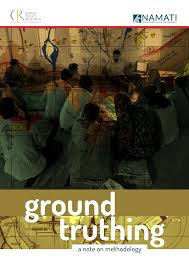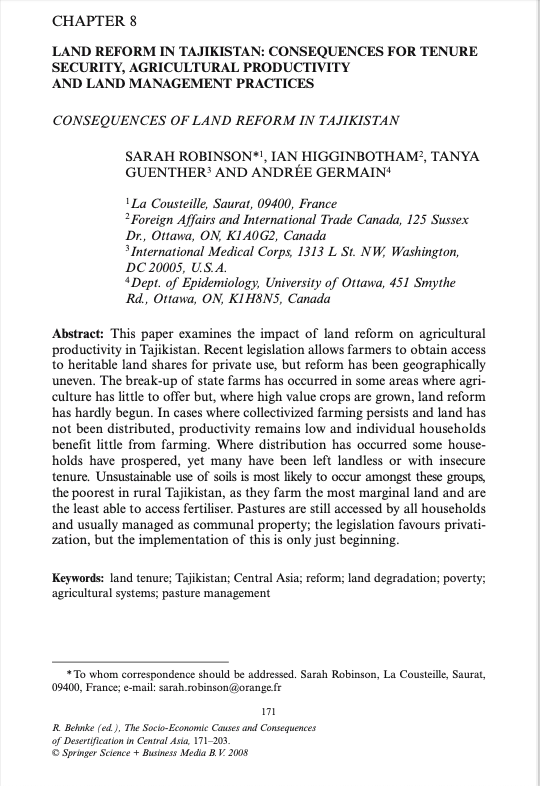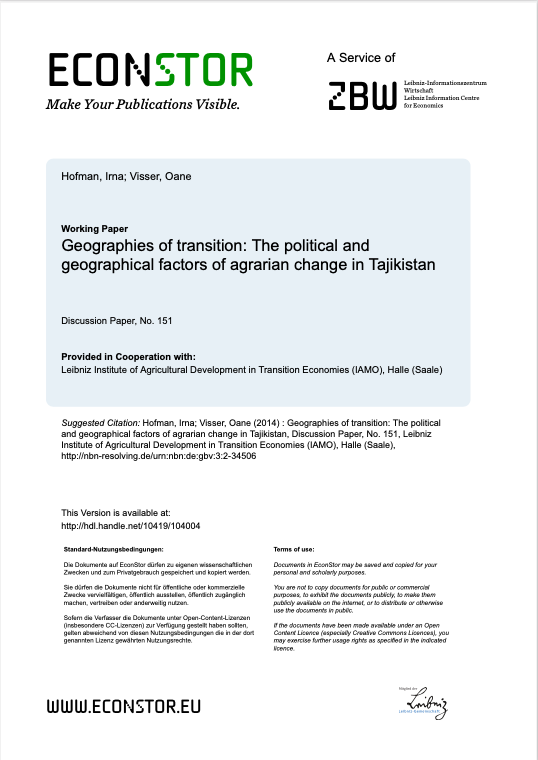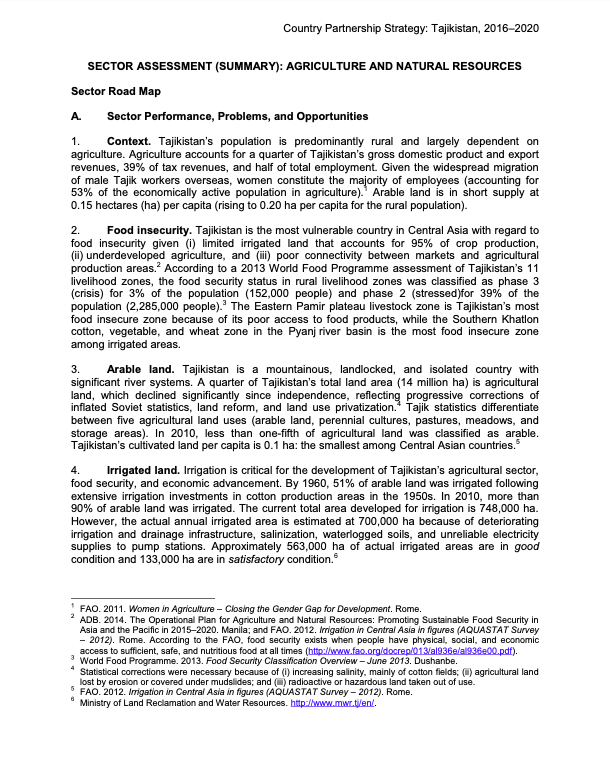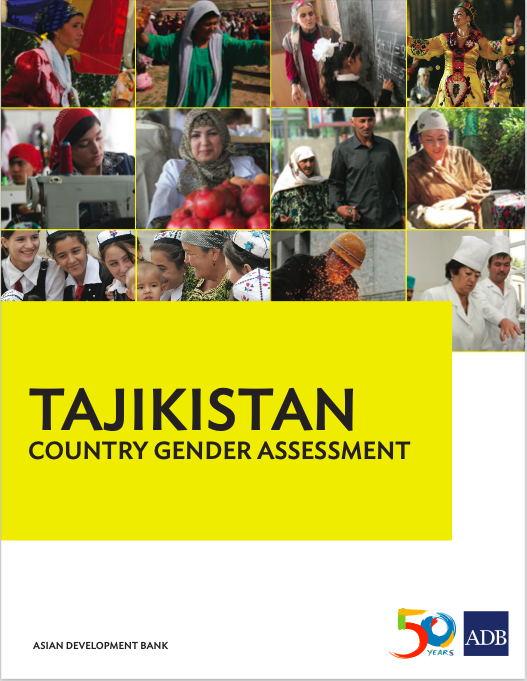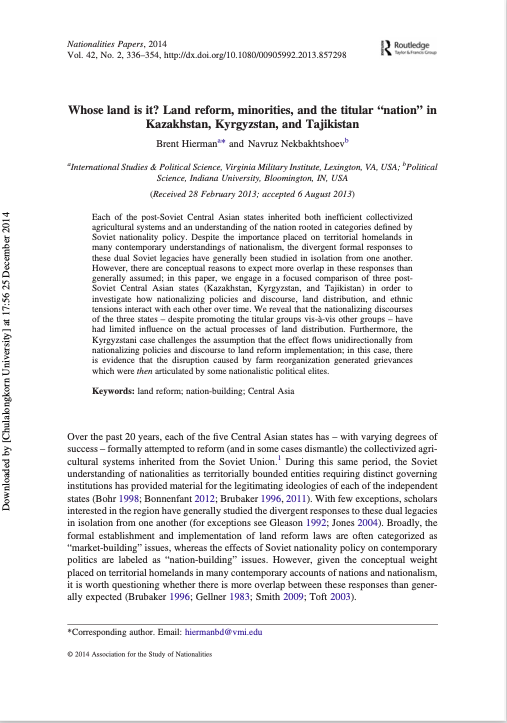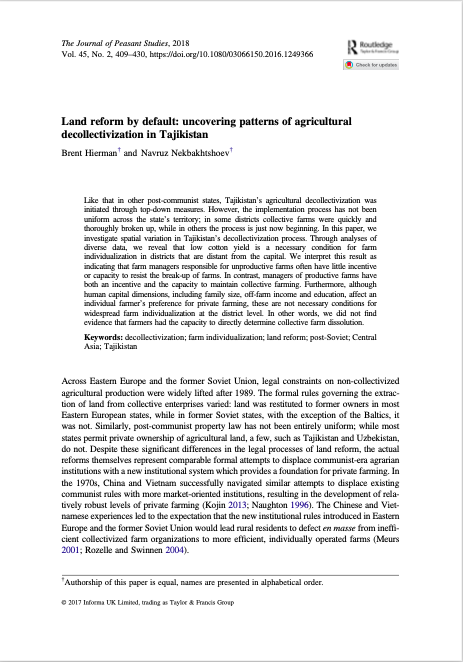16 - Healthy and safe working environment - Responsible Agricultural Investment (RAI): Knowledge into Action Notes series
This note is part of an Action Notes series and provides guidance for governments and companies on good practice in occupational health and safety policies, programs, procedures and processes, a matter of critical importance given that half the world’s working population is in agriculture


